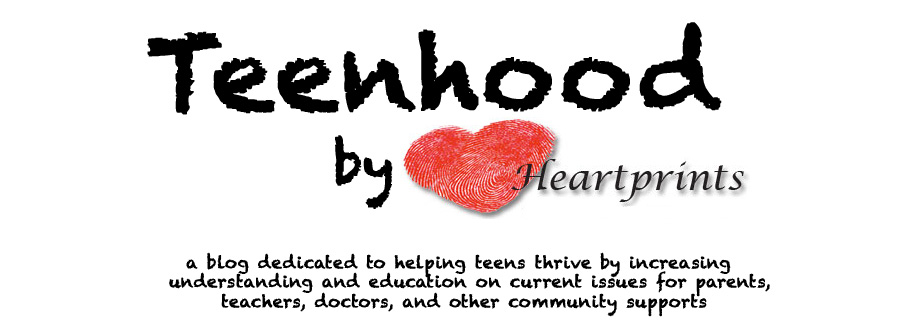Have you ever had high hopes for an event only to be sorely
disappointed? Or perhaps you came with very low expectations and were pleasantly surprised. Expectations can make or break a holiday
season. High expectations for the holidays can steal joy in anyone. On the other hand, can low expectations turn
you into Scrooge no one wants to be around? While predicting doom and gloom may
not be the solution, it is important to sit down and discuss what is realistic.
As each family member has their own ideas about the season, stress, disappointment, and miscommunication are common joy
thieves. Teenagers may be grieving the magic
of holidays as a child, while struggling with more grown up responsibilities. With
school out for a couple of weeks, more family interaction can lead to more
conflict than yuletide joy. As adults we want to encourage joy, thankfulness,
and peace more than ever. In this particularly busy season of the year, how do
we encourage teenagers to develop true joy when we struggle to maintain our own
joy?
Look out for joy robbers
- People who won’t take no for an answer-- Its okay for you and your family to need down time and not participate in every holiday activity. It may not make you as popular but a hectic schedule is the quickest way to lose your joy.
- Financial stress—agree and stick to a realistic budget. Don’t forget to factor in extra money for gas, holiday cooking/baking, secret Santa, and decor.
- Commercialism have you down? Adopt a needy family through your local church, volunteer at a homeless shelter, reach out to the elderly, foster care children, or lonely people in your life. Focusing on other's in need reminds your teen and family of the true values of the season.
Be a joyous role model
- Schedule down time—teenagers often want to be in the middle of all the fun, robbing them of sleep and, sometimes, sanity (we all go crazy without sleep).
- Keep up your healthy routine: exercise, eat those veggies, fruits, sleep.
- Limit your alcohol use—Let teens know alcohol is not needed to celebrate or find joy (Teens often are peer pressured to use alcohol (and drugs) more often during the holiday break.).
- Look for joy in the little things: cup of cocoa, child's smile, frost lined country side, a favorite carol, warmth of a fire.
Let go
- Romanticized ideas about holidays and family life lead to let down—let them go; it’s not real anyway.
- Recognize you are human and can only do so much.
- Realize other’s moods and emotions are under their control; ultimately, it is not your job to make other’s happy—that’s their own job.
- Resolve potentially explosive family differences during a better time.
Each day we have is a gift. Recently, I came across this quote:
"If you have food in your fridge, clothes on your back, a roof over your head, and a place to sleep, you are richer than 75% of the world. If you have money in the bank, your wallet, and some spare change, you are among the top 8% of the world's wealthy. If you woke up this morning with more health than illness, you are more blessed than the million people who will not survive this week. If you have never experienced the danger of battle, the agony of imprisonment, or torture, or the horrible pangs of starvation, you are luckier than 500 million people alive and suffering. If you can read this message, you are more fortunate than 3 billion people in the world who cannot read it at all."
Perspective is every. Enjoy a blessed holiday season.



